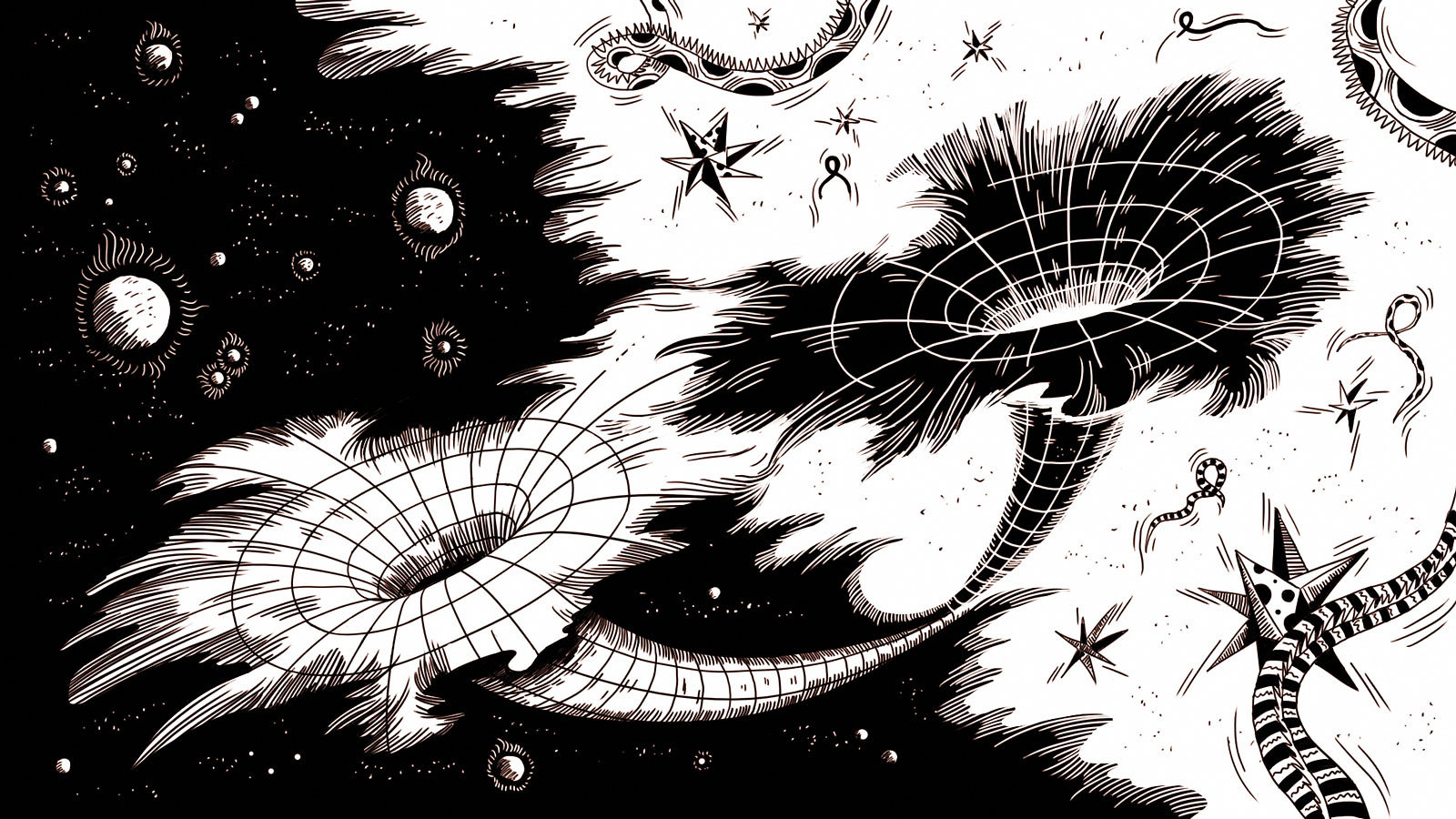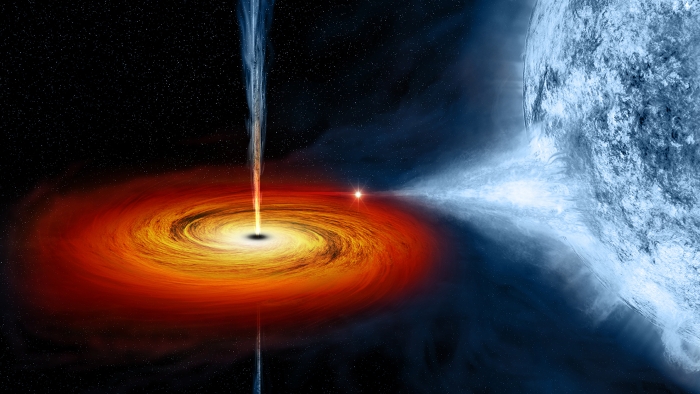First black hole picture: Event Horizon Telescope project reveals historic image
From ABC7: Fermilab scientist Brad Benson talks about the South Pole Telescope’s role part in the Event Horizon Telescope. Scientists behind the Event Horizon Telescope recently revealed the first image ever made of a black hole, depicting its hot, shadowy edges where light bends around itself in a cosmic funhouse effect. Assembling data gathered by eight radio telescopes around the world, astronomers created the picture showing the violent neighborhood around a supermassive black hole, the light-sucking monsters of the universe theorized by Einstein more than a century ago and confirmed by observations for decades.



